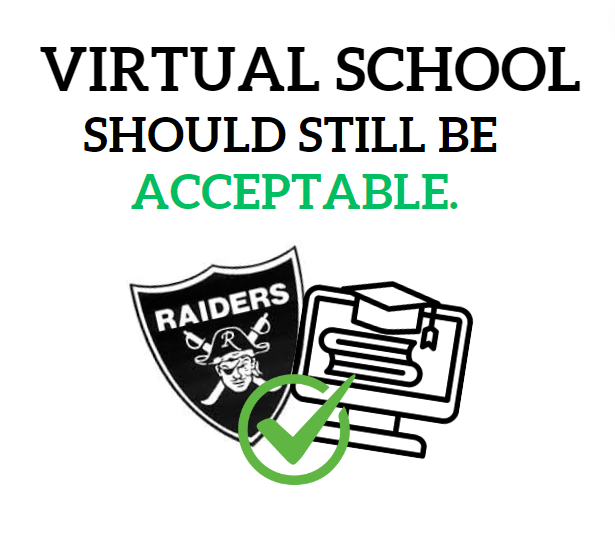Any student who has ever stepped foot in an English class is familiar with Sparknotes. It is often the bane of a teacher’s existence and the boon of a student’s. While many educators warn against or forbid their students to use Sparknotes, using Sparknotes or its many other variations is always beneficial. Readers often think that they understand the text, only to begin taking a test or start a discussion and suddenly realize that they wholly misinterpreted it. Reading Sparknotes could prevent this confusion and panic. Occasionally, a student will find themselves swamped with homework from unrelenting teachers, and the result may be that the student will only quickly skim the book, missing important allusions, symbols or other literary devices critical to the overall understanding of the book. With Sparknotes, the student can get a chapter summarized concisely and then scroll down and view a brief but beneficial analysis of the chapter, which will aid in understanding much more than a cursory read would. Sparknotes also contains other subject matters; it is a vessel of knowledge. Historians and mathematicians alike can benefit from Sparknotes; it does not discriminate against any section of the academically inclined. While the student’s mind might not be as challenged as it would have been if they had read the actual text, it certainly won’t kill brain cells. In addition, Sparknotes has astronomical amounts of extra information about the book such as context, plot overview, character list, an analysis of major characters, allusions, symbols, motifs, important quotations, key facts, study questions and a practice quiz. A student who went through all of that on Sparknotes versus a student who simply read the book is easily going to be more knowledgeable about the book and its meaning. Sparknotes is a great study source: it is best utilized when the student reads the text and turns to Sparknotes as an added bonus.
Categories:
Sparknotes proves beneficial to students
0









